#Wrc
Homologation Special: Toyota Teases Yaris GR-4
Toyota has teased the upcoming GR Yaris Prototype, scheduled to debut at the Rally Australia on November 17th. Based on the TNGA Yaris, we’re unlikely to see it stateside. However, Toyota expanding its Gazoo Racing lineup is still good news. The bigger it gets, the more likely we are to finally get one here.
Dubbed the GR-4, the vehicle appears to be a homologation car, allowing Toyota to run in the 2020 World Rally Championship. That WRC connection also means all-wheel drive and an amped-up powertrain are practically guaranteed.
With the debut relatively near, Toyota isn’t interested in giving away many details. But we can clearly see from the teaser image that the GR-4 has some seriously flared wheel arches — at least in the rear — and a lowered roofline. It’s going to be a very different animal from any Yaris previously encountered.
Rare Rides: The 1985 MG Metro 6R4, a BL Rally Car Experiment
Ever wanted a rally car from 1985 which is brand new and pieced together from an old hatchback? Well now’s your chance. Let’s take a look at the MG Metro 6R4.
For the Fans: FIA Explains Its New Rally Safety Guidelines
The FIA wants to safeguard the future of rallying by imposing new standards that target mischievous fans. While it hardly seems fair to burden fans with safety under normal circumstances, certain rally stages in the WRC have a habit of attracting risk-taking behavior, where fans intentionally get as close to the course as possible as vehicles fly by. Truth be told, amateur rallying isn’t much better.
Even as safety continues to improve, danger is a major component of motorsport and, conversely, one of the primary reasons rallying remains so popular. There is a level of heightened unpredictability that many, including this author, find intoxicating. But the FIA still doesn’t want to see fans getting creamed by drivers, so it’s understandable to see it making an effort to further improve safety protocols — one of which involves using on-board cameras to identify thrill seekers putting themselves in harm’s way.
Impromptu Parking Lot Slalom Leads to Incredible WRC Victory
In the world of motorsport the World Rally Championship reigns supreme as the event with the most unbelievable crashes and saves. While I don’t want to diminish touring car racing’s ability to mix it up or Formula One’s high-speed, explosive launching of cars, WRC is the only sport that routinely has drivers flying off the track and through obstacles only to return and finish the race — often missing a tire and half of their vehicle’s bodywork.
On the final stage of Rally Mexico, Citroën’s Kris Meeke hit an unexpected bump and took a Sunday drive off the course and into a parking lot, destroying the rear end of a Volkswagen in the process. After avoiding a group of bystanders, he then proceeded to fling the car around some of the most willy-nilly parking I’ve ever seen, return to the track, and win the race by a sizable margin.
Prodrive - A Manufacturer of Championship-Winning Speed
The name Prodrive isn’t one you’ll stumble across every day, and sounds a bit like a company that might offer teen driving courses. However, it’s one of the world’s most successful race car shops, and bests many individual manufacturer efforts.
How successful?
How does six World Rally Championships, four Le Mans wins, five World Endurance Championships, and four British Touring Car Championships victories sound for a start?
But while “race on Sunday, sell on Monday” is the parable that motivates many marques in motorsport, Prodrive sells no road cars.
How does a small, generally unheard of firm compete against the likes of Porsche, Honda, and Ford? Simple — those companies hire Prodrive to run their race programs.
Toyota Reveals the Yaris WRC; Hot Hatch Lovers Dream of What Could Be
As it prepares to return to the World Rally Championship after a 17-year absence, Toyota and its Gazoo racing division just revealed a piece of brain candy for hot hatch lovers.
Making sky-high horsepower from its diminutive four-cylinder, the Toyota Yaris WRC hits the pavement — and dirt and snow — in Monte Carlo next month, but the vehicle itself could spell a less buttoned-down future for the brand.
The Big, Bad, Automatic Benz That Took on the WRC - the C107
In 1978, Mercedes-Benz made the decision to expand its efforts in rally competition. But its choice of platform to enter into the World Rally Championship was, to say the least, unique.
At the time, the WRC was dominated by small sedans like the Fiat 131 Abarth and Ford Escort RS1800 — cars that finished first and second in the championship that year. Mercedes-Benz took a decidedly different route, as it had no small sporty sedan.
What it did have was a large, heavy and expensive personal luxury coupe in the C107 SLC. While the choice would seem unnatural, under the direction of Erich Waxenberger the premier 450SLC was prepared and developed over the next few seasons into a rally winner.
Bi-Curiosities: Volkswagen's Twin-Engine Terrors
Though today’s hybrids have popularized it, the idea of installing more than one engine in a car to supplement power isn’t particularly new or innovative. In fact, it’s almost as old as the automobile itself.
There are plenty of historical examples of multi-engine cars; probably the most notable are absolute land speed record attempts. Just last week, for example, was the 51st anniversary of the American-made Goldenrod’s 409 mph record, set using no less than four 426 Hemi V8s borrowed from Chrysler.
But even further back, Alfa-Romeo had tried to break the stranglehold of the Silver Arrows in Grand Prix racing by utilizing two straight-eights in a P3 Grand Prix chassis. The solution was innovative, if not particularly successful.
But the exploits of sticking multiple motors in a vehicle to boost power and traction were not limited to exotic racers and record setters. In the 1980s, the concept was reintroduced in a few interesting packages. As it became increasingly clear that Audi’s all-wheel drive would revolutionize the world of rally, Volkswagen Motorsport director Klaus-Peter Rosorius felt Volkswagen shouldn’t play second fiddle to the Quattro.
Instead, they’d play with a second engine.
TTAC News Round-Up: Even When Volkswagen Group Wins, It Loses
Volkswagen’s expensive diesel emissions scandal has forced cost cutting on anything that isn’t electric and its rally team is next on the chopping block. Quitting while ahead is ideal but abandoning a program due to financial woes and public shame after a hot streak doesn’t exactly smack of going out on top.
That, Toyota invents a box that allows anyone to use your car, Tesla’s zero-emission credits may soon be worth less, and Ford makes peace with its Canadian autoworkers at the buzzer… after the break!
Ready to Sail: Here's Your Japanese Class of 1992 Eligible for Import
Since the 1980s, draconian federal importation laws have meant enthusiasts in the United States must wait a full 25 years before some of their favorite brand’s models are legal on these shores. And every year, groups of enthusiasts take to the internet to contemplate what cars will be available for importation with the turn of the new year. The arrival of each new calendar year then becomes a celebration of the past, a revisit of forsaken models, a festival of other-market obscurity.
The Land of the Rising Sun is becoming more than just a source for tuners looking for their next drift car. That’s right, Japanese cars are now collectible.
Toyota Mulling a Hot Hatch, But Is the Yaris the Right Choice?
Toyota doesn’t immediately spring to mind when a buyer thinks of driving excitement. Far from it, in fact.
While the brand carries an enviable reputation of reliability, strong resale value and general popularity, it suffers in the performance and youthful appeal department. That could change, with Auto Express reporting that Toyota could build on its return to the World Rally Championship with a production hot hatch.
Volkswagen Golf R, Honda Civic Type R, Ford Focus RS…Toyota Yaris?
Tommi Mkinen Leading Toyota's 2017 WRC Team
Rally legend Tommi Mäkinen will lead Toyota Gazoo Racing’s World Rally Championship team when it begins competition in 2017, the automaker announced today. Mäkinen was announced as team principal, which will race a Yaris-based car, for the WRC team.
Toyota boss Akio Toyoda, who will be the team’s chairman, said the 51-year-old Mäkinen was an ideal fit for the team.
“Tommi has abundant experience and fresh ideas for vehicle development, both of which will be valuable assets to us. With Tommi behind us, Toyota will forge ahead with our return to the WRC and also our efforts to make ever better cars,” Toyoda said in a statement.
While You Were Sleeping: No Holden Volt, Super Troopers 2, and Meeke Gets a Win
The second-generation Chevrolet Volt won’t go on sale in Australia as GM will not convert it to right-hand drive.
Subaru Eyes Le Mans, Has None For Compact Crossovers
If any of you were hoping for a small crossover underneath the Subaru XV Crosstrek, you may breath now. The Pleiades-bedecked automaker has no plans for such a thing, as it has its sights on the Mulsanne Straight.
Return Of The Rear-Drive Rally Car
Motorsports fans, I have a question for you: when was the last competitive rear-drive rally car?



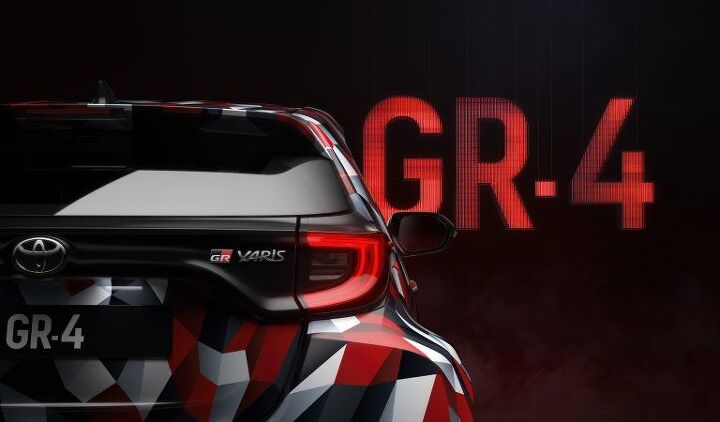
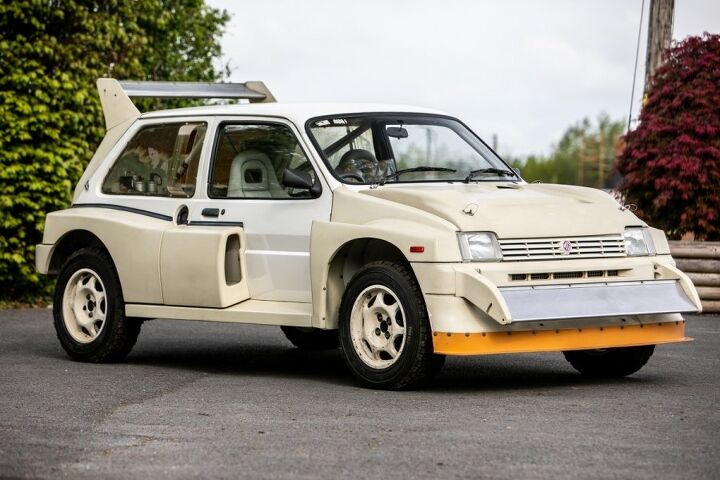

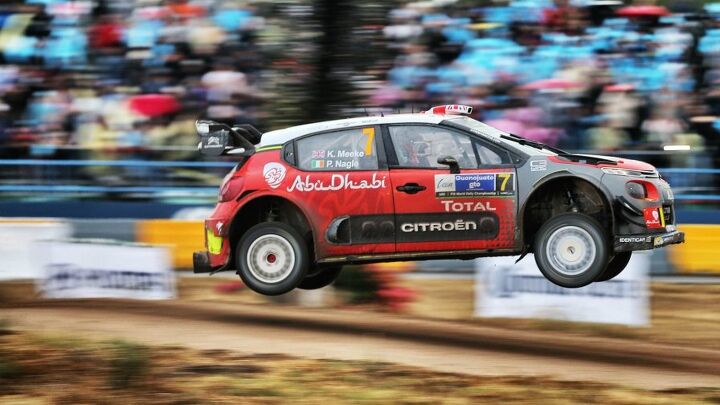
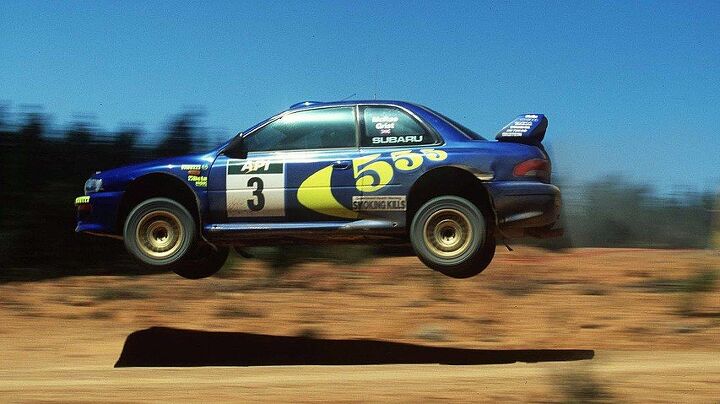

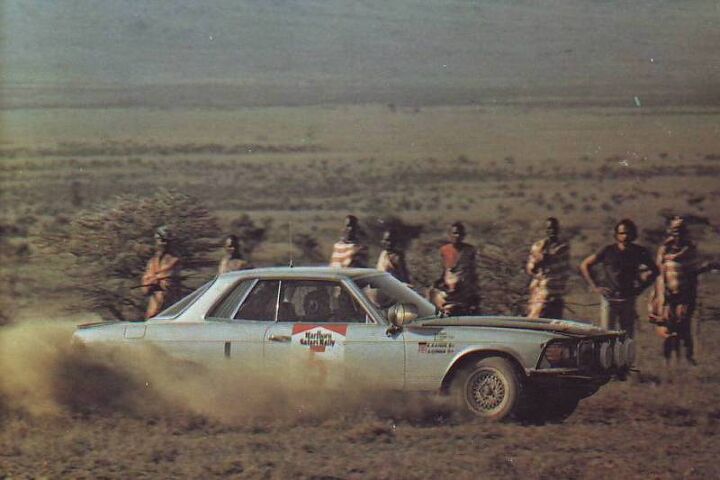
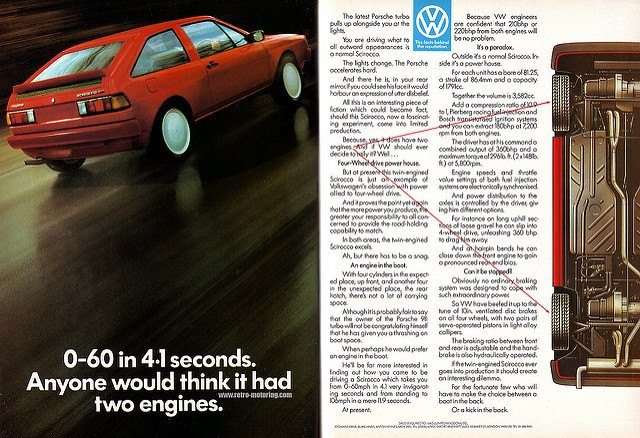

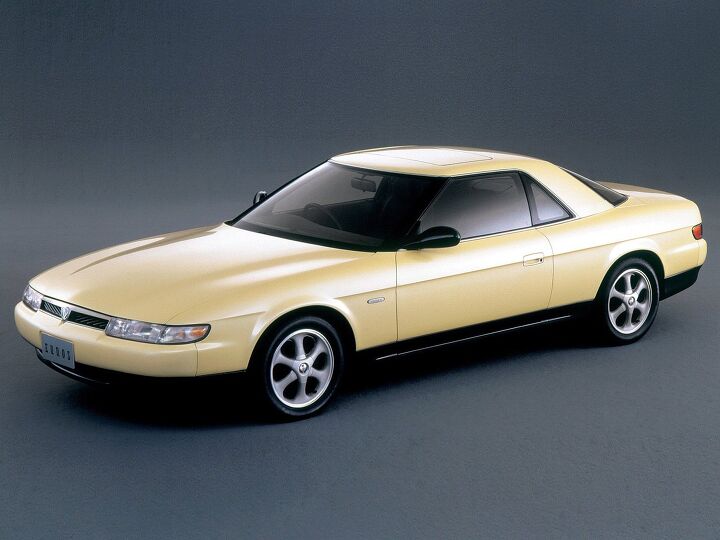

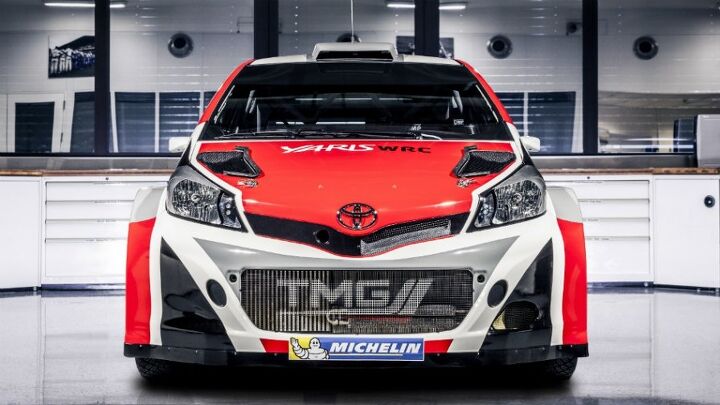
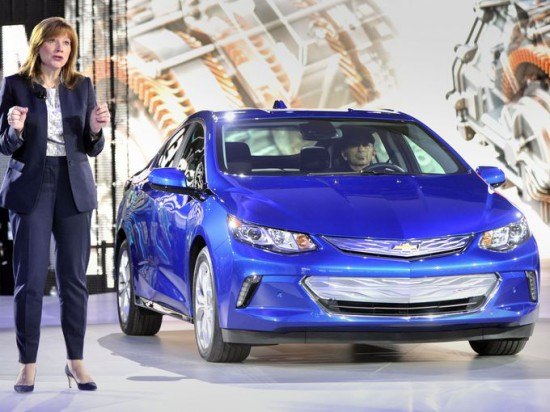














Recent Comments